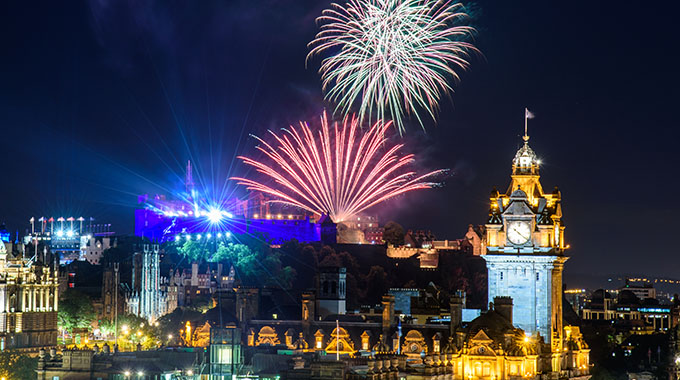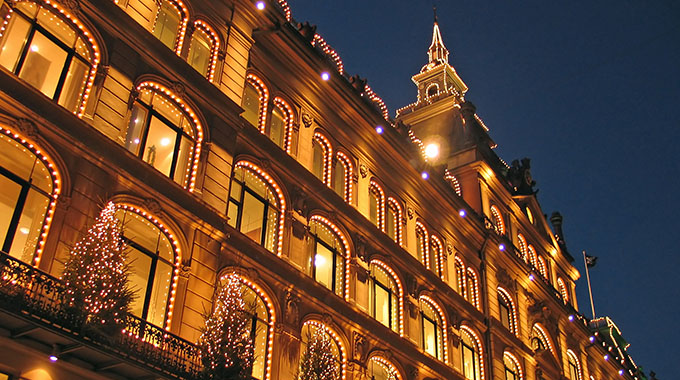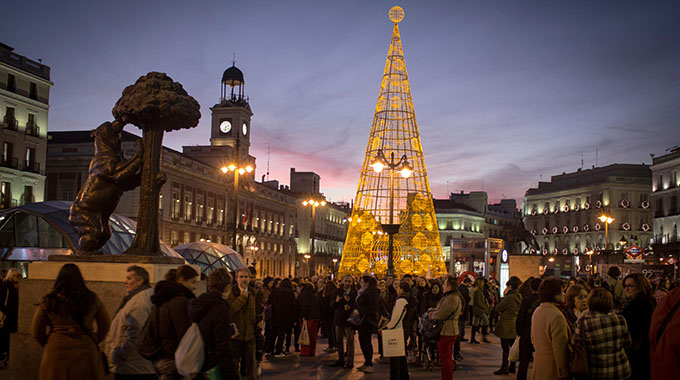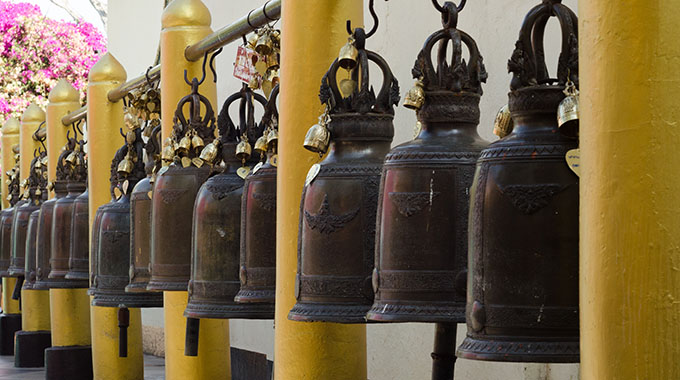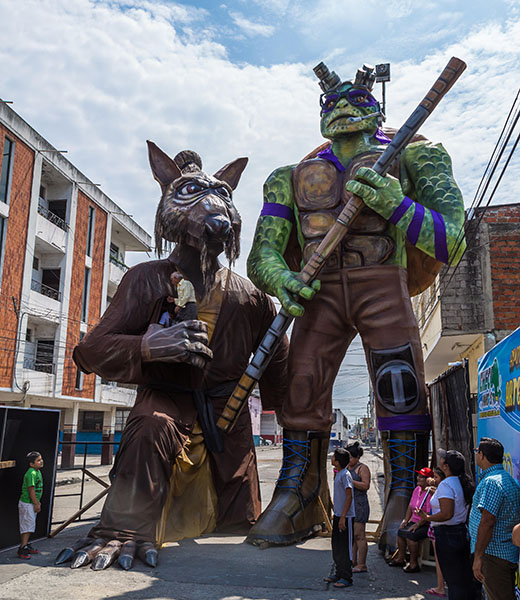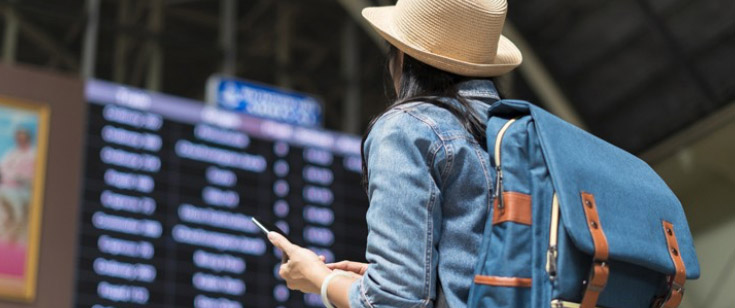All around the world, the phaseout of the old year and the launch of the new one is a chance to embrace a fresh start—and to let loose a little.
Parties and fireworks are widespread around the globe—Sydney, London, and Rio de Janeiro stage some of the best pyrotechnic displays—but travelers can find plenty of ways to celebrate New Year’s Eve with a more distinctive spin and join in on the fun. Let’s take a globe-hopping tour of some of the more iconic (and sometimes a bit wacky) New Year’s customs.
(A caveat: We’re spotlighting December 31/January 1 traditions here, and thus leaving out the many fabulous festivities associated with the Lunar New Year, widely observed in East Asian countries.)


